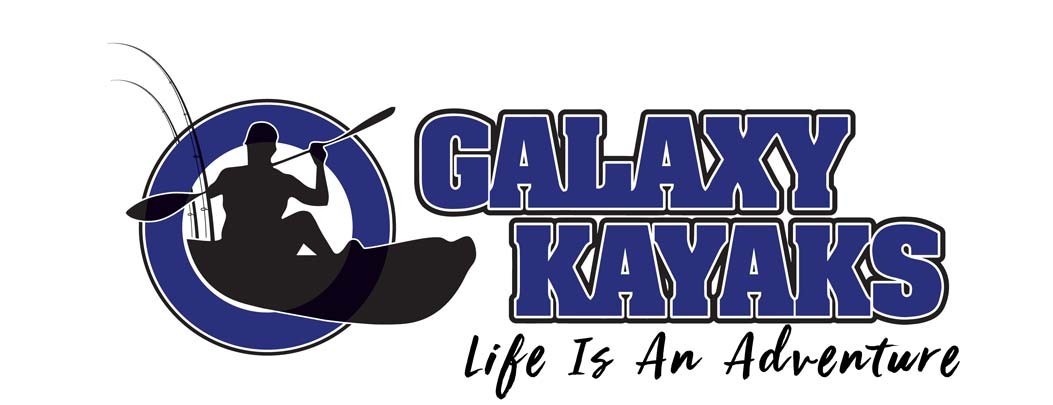How To Build A Great Paddling First Aid Kit
When you head out on a paddling trip, there are a few things that can go wrong and accidents should never be left to chance. For example, your buddy could cut themselves after a clumsy fall or a friend could run into a group of angry wasps. That’s without mentioning the fact that first aid kit supplies tend to dwindle and are often forgotten about. So, whether you’re a guide or simply someone who’s heading out for the weekend it’s important that your paddling first aid kit is stocked and ready to go.
And this is in addition to the safety gear you use on your kayak. Before you head out on a long trip take the time to take stock of what’s in your first aid kit, what needs replacing and what’s missing; or, if you haven’t had a first aid kit all of this time, to begin building the ultimate kit to begin with.
Before we continue we advise anyone to consult with a medical professional before consuming any of the following medication. The following is for informational purposes only.
Firstly, it’s important to note that all paddling first aid kits should be sealed in a dry bag or waterproof case to ensure they aren’t damaged or ruined when it’s wet out. After all, failing to have the correct equipment to hand could put you or someone else in danger. So, once you’ve got the first aid kit bag sorted, it’s time to fill it.
Medication and Painkillers
Ibuprofen is a must in any first aid kit; it does everything from reducing swelling to getting rid of a pesky headache. There are other alternatives to Ibuprofen and Aspirin and Paracetamol are both commonly used. It’s also worth including a type of antihistamine in case of a bee sting or allergic reaction, as well as Afterbite. Nausea is common on paddling trips and you never know when a funny tummy may strike, so be sure to stock up on anti-nausea medication to ensure nobody loses too many fluids. We’d also recommend to add some glucose paste to your kit, as this is ideal if there are diabetics on board or someone suffers a major sugar crash; this is also when it’s handy to have a bar of chocolate to hand. You never know what interesting foliage you’ll come into contact with when you’re paddling and so topical inflammation cream is a must; it works for most things, even those that you struggle to identify.
When stocking your first aid kit, ensure all medications and pills are clearly labeled and stored to avoid rummaging around at the bottom of the bag. A top tip is to use duct tape or Sellotape to reinforce the medication packaging as this helps to keep dosage instructions secure.
Bandages, Plasters, and Tape
You never know what type of injury you’ll run into when paddling, so it’s best to have an array of bandages, plasters, and tape available in many different sizes. The ultimate paddling first aid kit should contain:
● Sterile dressings in 4x4, 3x3 and 2x2
● Non-sticky sterile dressings
● An eye pad
● 8x10 and 5x9 trauma pads for serious injuries
● Gauze bandages, elastic bandages, strip bandages, knuckle bandages, and triangular bandages
● Adhesive tape or athletic tape
● Equipment to create an arm sling
● Wound closure strips
EMT
When it comes to EMT, there are a few things that shouldn’t be missed. Such as:
● A CPR Mask; Many first aid kits will come with a portable CPR mask, but we’d advise you to invest in a real one. They’re compact and much better for protection against bodily fluids.
● Medical C-Splints; These can be used to splint any part of the body.
● A Digital Oral Thermometer
● Povidone Iodine Solution; though this is a generally basic disinfectant, it works much better than other products.
● Scissors; these should be able to cut bandages and clothing, with a blunt tip to avoid injuring patients or damaging bags.
● Antimicrobial Hand Wipes; these are perfect when it isn’t practical to use soap and water, but it’s still best to wear protective gloves when you can.
● An Irrigation Syringe; this is for cleaning lacerations or grazes.
Survival Equipment
You may think of yourself as a regular Bear Grylls, but even Bear Grylls needs a little help when he runs into trouble. Survival equipment is important to have and can keep you safe in times of need; safety pins, waterproof matches and something to keep you warm if you’re stuck overnight is necessary. However, there are a few other items that can come in handy such as duct tape, headlamps, spare batteries, water containers, water purification tablets, and Aquaseal.
There you have it, all the items needed to ensure your paddling first aid kit is as good as it can be. However, there are a few bonus items that - though not necessary - could really make all the difference and we’re pretty sure they’re not things you would have first thought of. For example, bicycle tubing can be used to start a fire in wet conditions and tampons come in handy if you have a nose bleed. One of the best ways to find new uses for seemingly useless products is to talk to other guides, paddlers or those that enjoy the great outdoors and don’t forget, check your kit after every trip.
Got any other suggestions to add? Leave your comments below.







